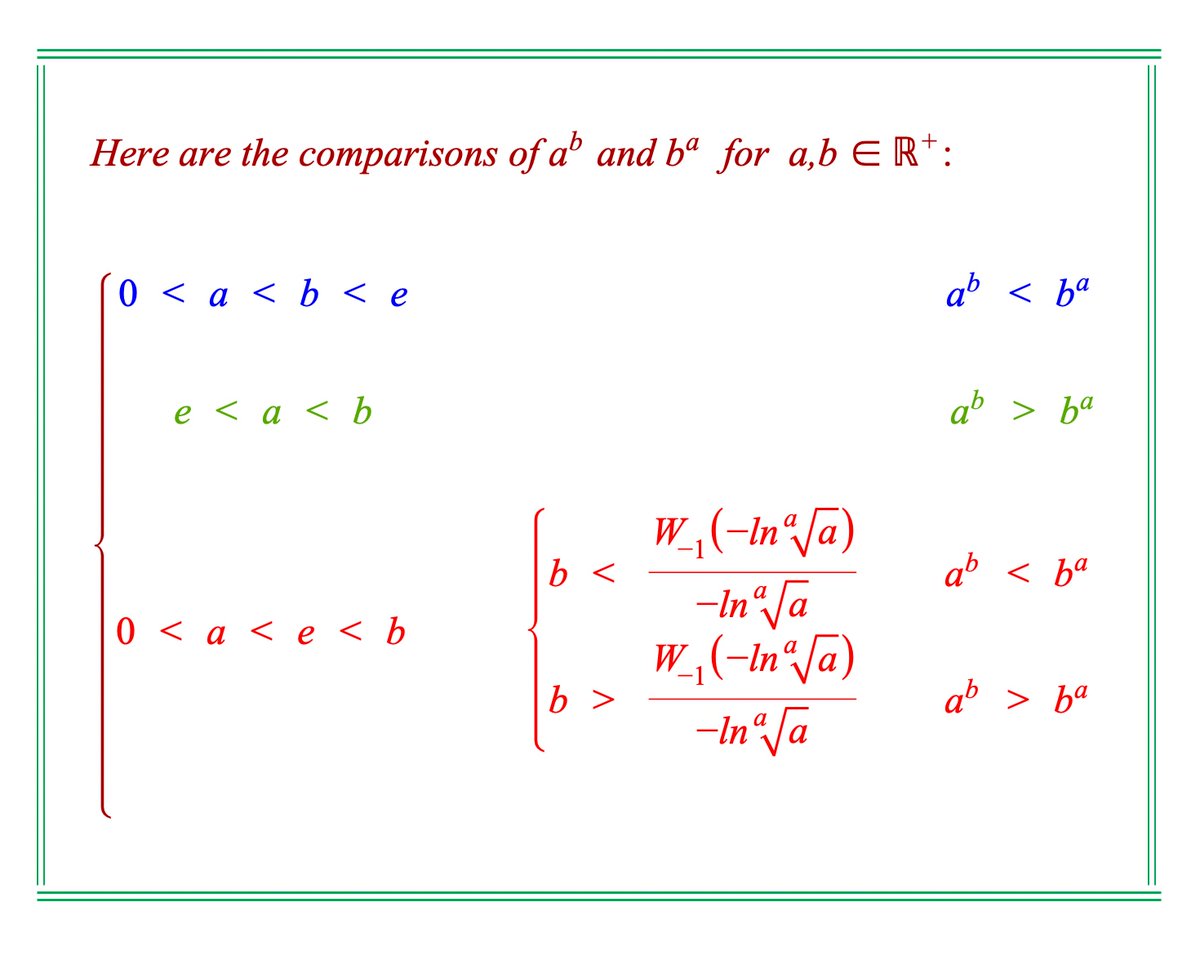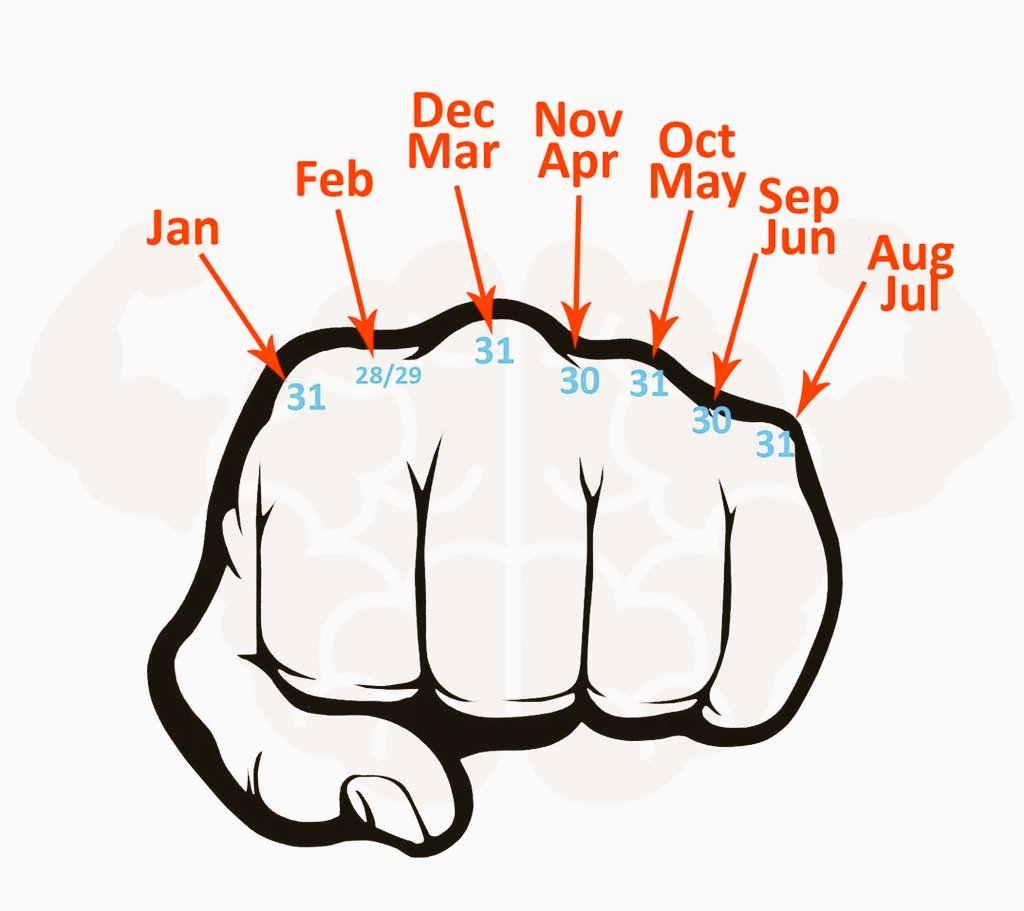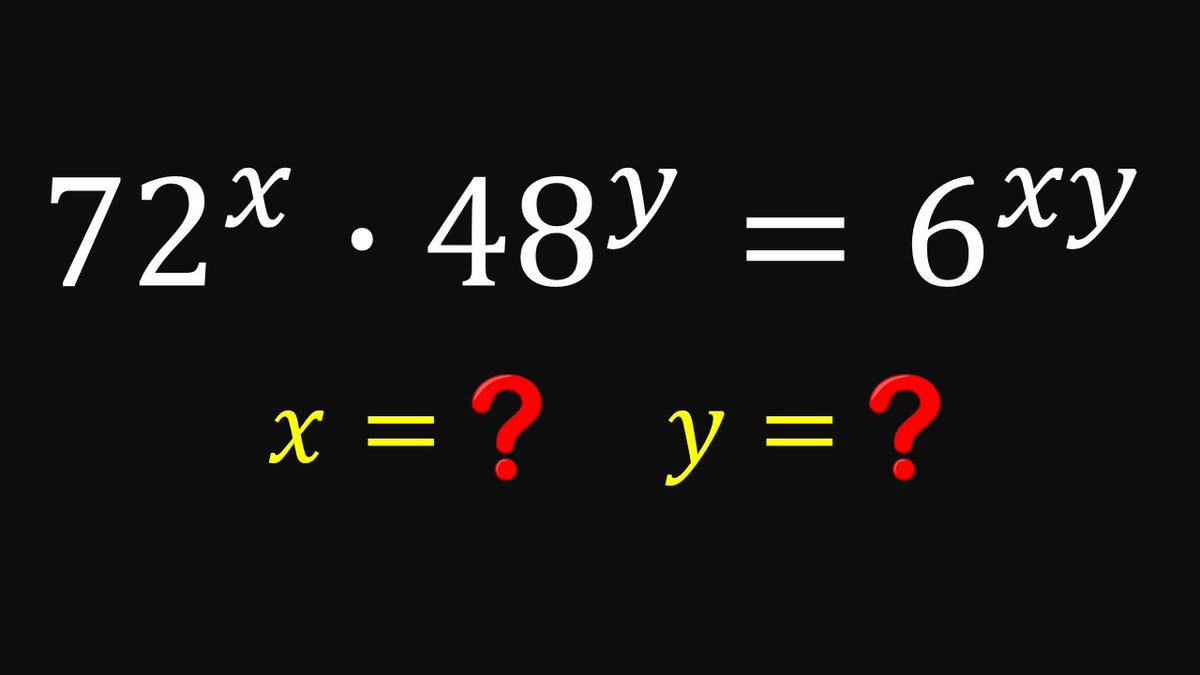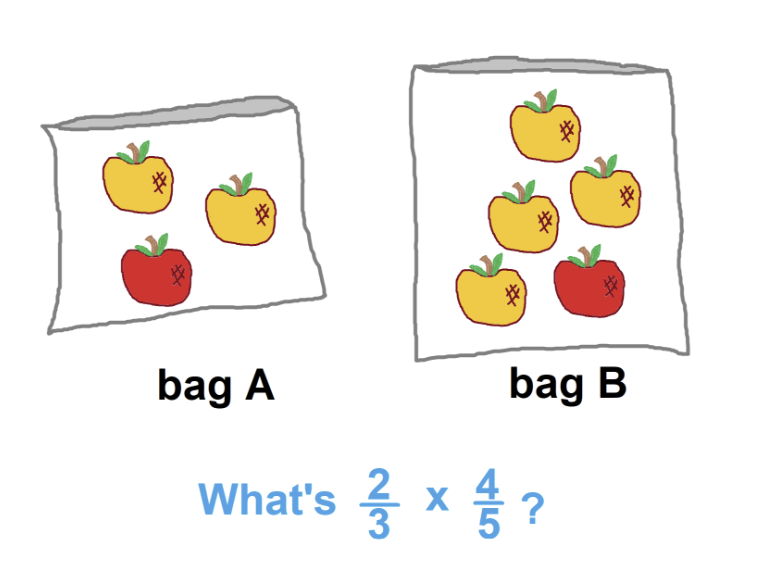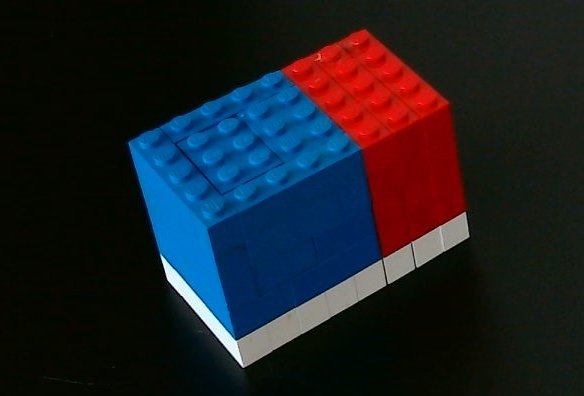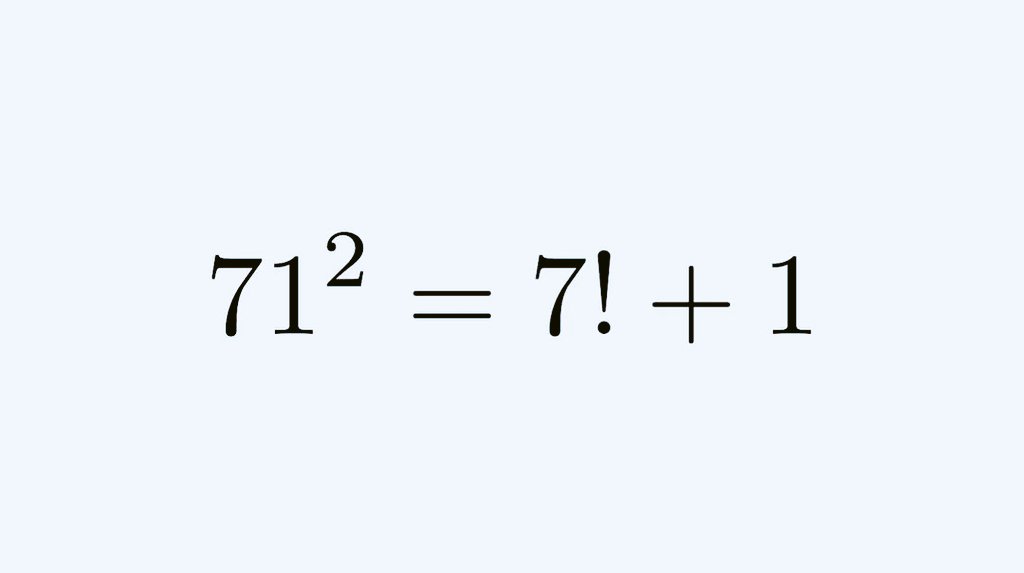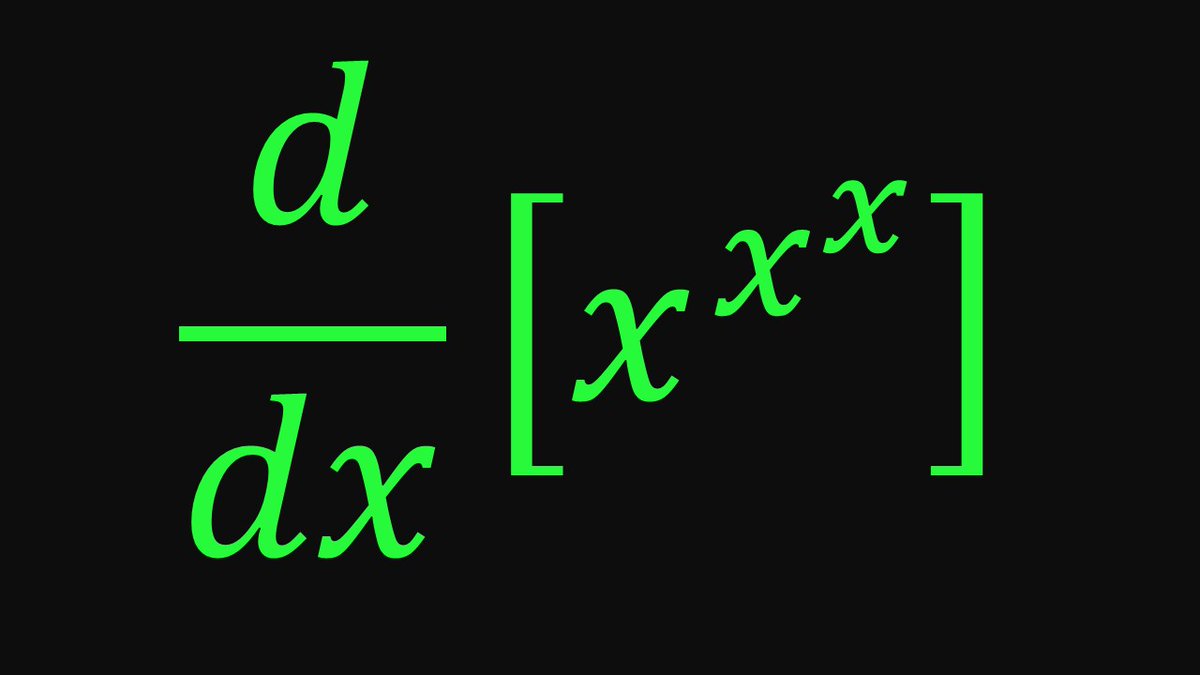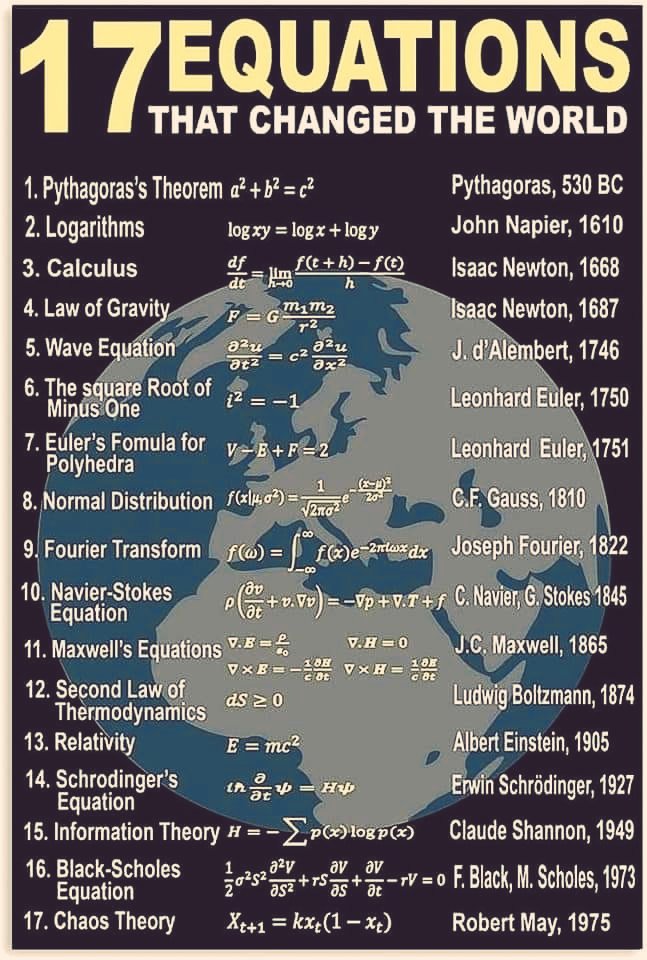





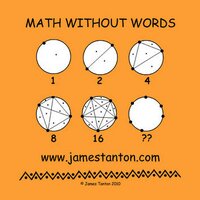

So with the Pap over and the mocks around the corner it’s back to solid theory for a month with LCPE I have four practice papers I made during lockdown for students to practice questions if you want a copy just let me know #sharingisthenewlearning #sharingiscaring
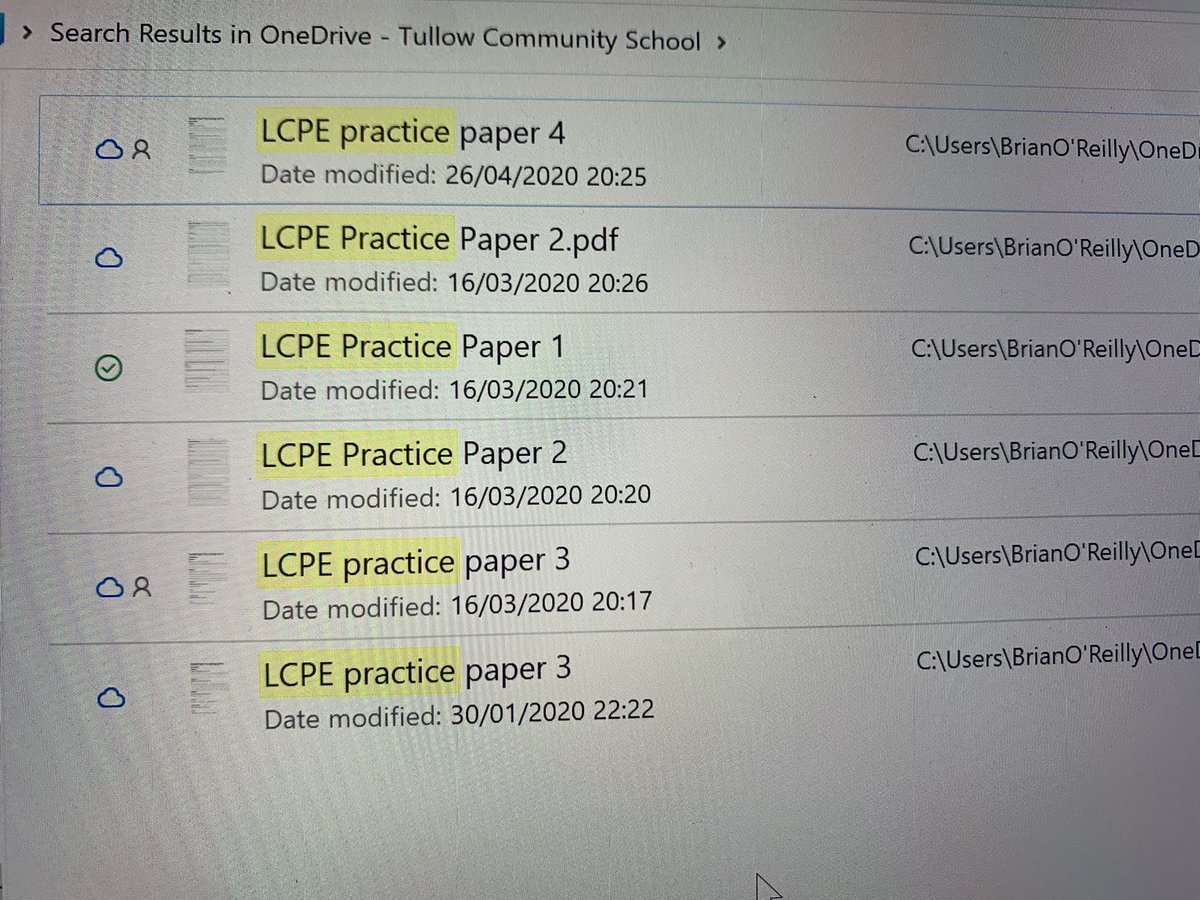

#sharingisthenewlearning
Draw an edge and mark two of its three units.
Form a rectangle, 3*5, by drawing a five-unit edge perpendicular to it. Mark four of its units.
You will get a smaller rectangle with dimensions 2*4.
=> (2/3)*(4/5) = (2*4)/(3*5)=8/15

Addition of Integers (Visual Representation)
Note: Same size of positive added to a negative becomes zero.
#sharingisthenewlearning
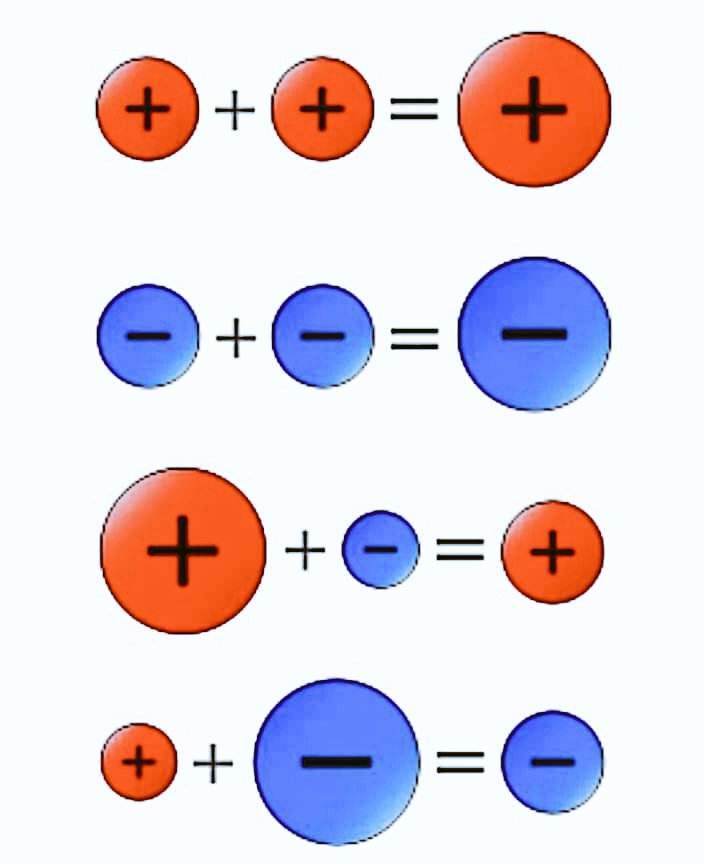

#Mathematics #Pursuit #sharingisthenewlearning
In preparation for some upcoming problems I will pose, here is your recap on how to set up pursuit problems....
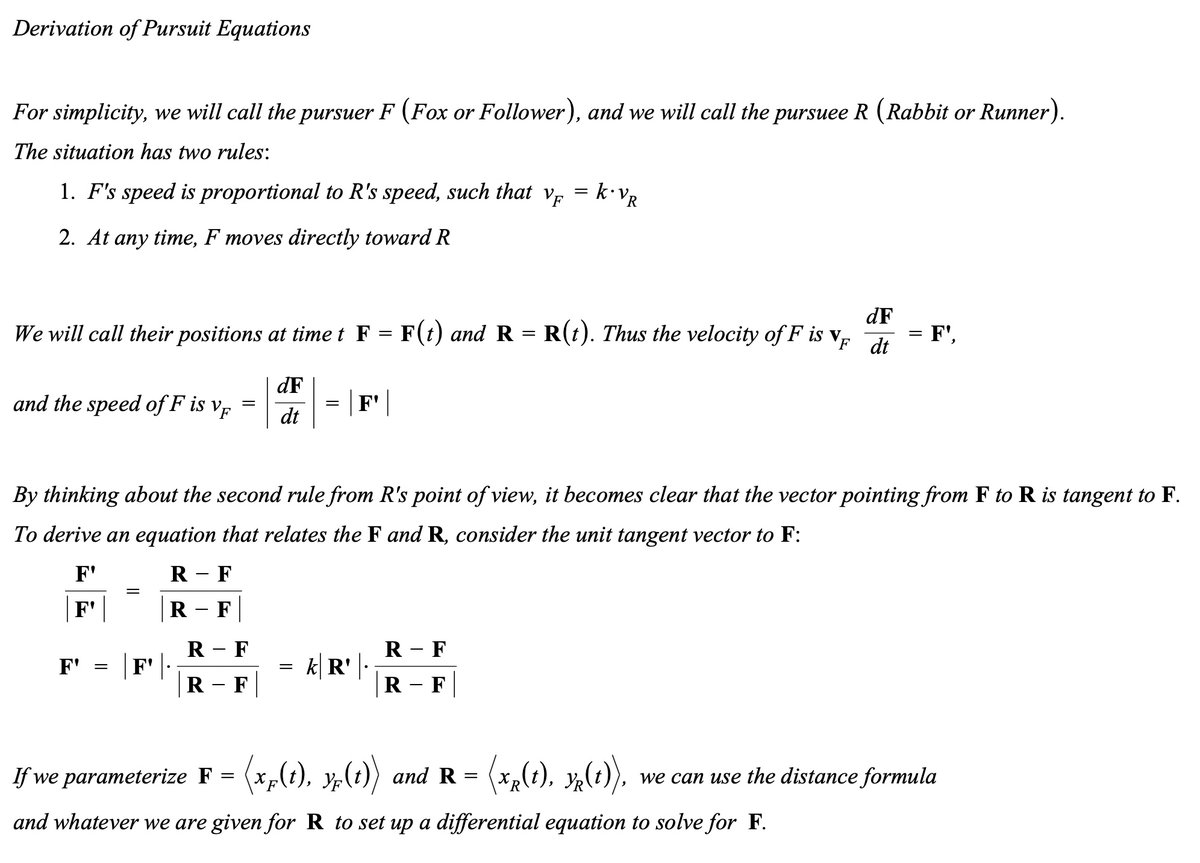


Solve for the REAL value/s of x | Give it a try?
My attempt via Youtube
youtu.be/8ofm9D3zsQA
#sharingisthenewlearning
#exponential
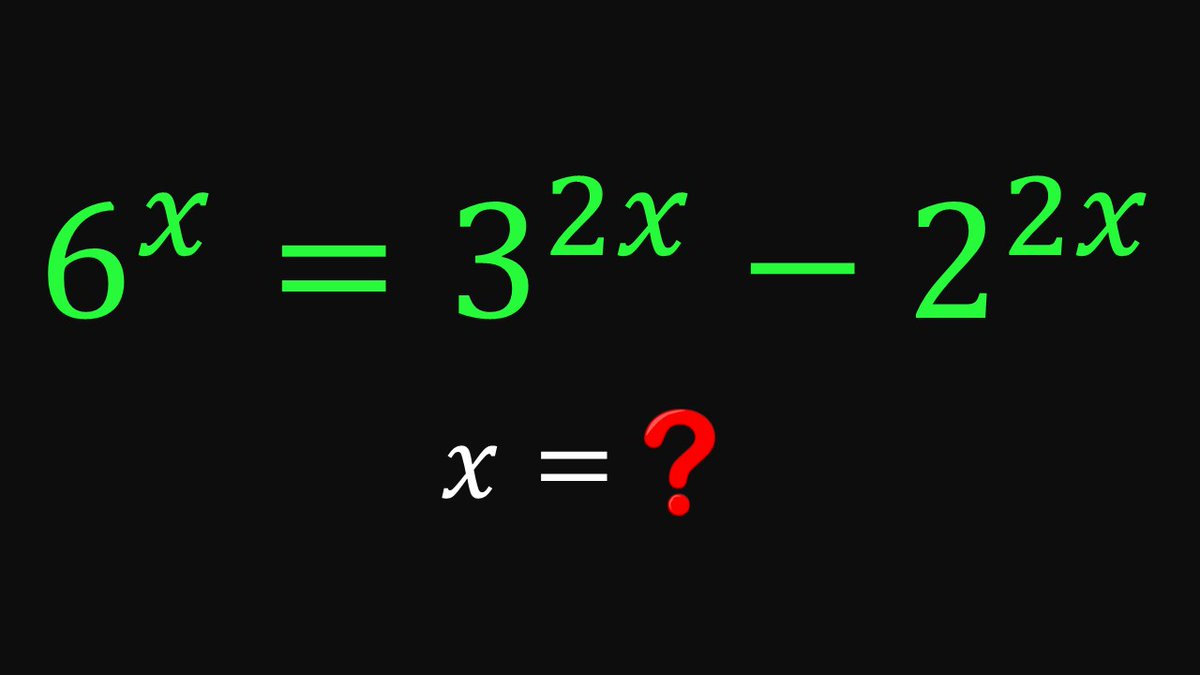


Nobody said building the #workforce would be easy, but the future looks bright!
#longislandny #longislandbusiness #longislandjobs #economicdevelopment #2023outlook #industryonerealtycorp #sharingisthenewlearning lnkd.in/g7bUHmxe


#sharingisthenewlearning
A visual proof of the first and fourth binomial formulas or
How to enlarge edges, squares and cubes
edge a(blue)+edge b(grey)=edge c*
square a(blue)+2rectangles(white)+square (black)=square c*
cube a(blue)+3walls(red)+3(l)edges (white)=cube c*
*right
1/2
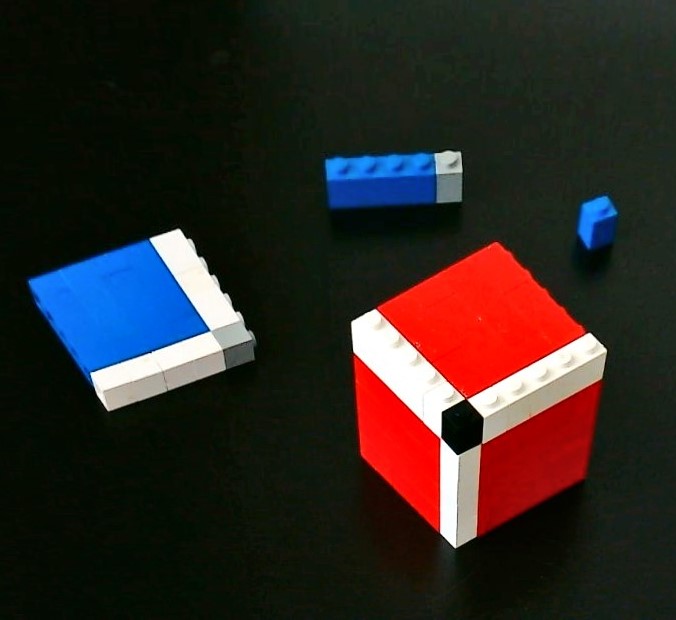

You should be incredibly #watchful to be #caughtcheating when #sharingisthenewlearning of any #PersonalInformation you #Post on #any #PlatformOfTheGreats be it TikTok US Twitch Discord Twitter Meta #Facebook #InstagramLive #Xbox #PlayStation5 ? Tracey Spicer AM GAICD #AIEthics …

#sharingisthenewlearning #cubicfunction #mathsisfun #puzzle
Find the cuboid's (x+a)(x+b)(x+c) edges a,b and c
a,b,c are integers
a)
Given a+b+c=9
ab+ac+bc=20
abc=12
b
Given a+b+c=9
ab+ac+bc=24
abc=20
c
Given a+b+c=9
ab+ac+bc=-21
abc=11

June 23
623 plus or minus the product of its digits will give a prime.
623 + 6 * 2 * 3 = 659
623 - 6 * 2 * 3 = 587
#sharingisthenewlearning
#specialdate




Clock Puzzle | Give it a try?
youtu.be/Sf0IZ8EUIB8
bit.ly/3yyLkju
#sharingisthenewlearning
#clockpuzzle
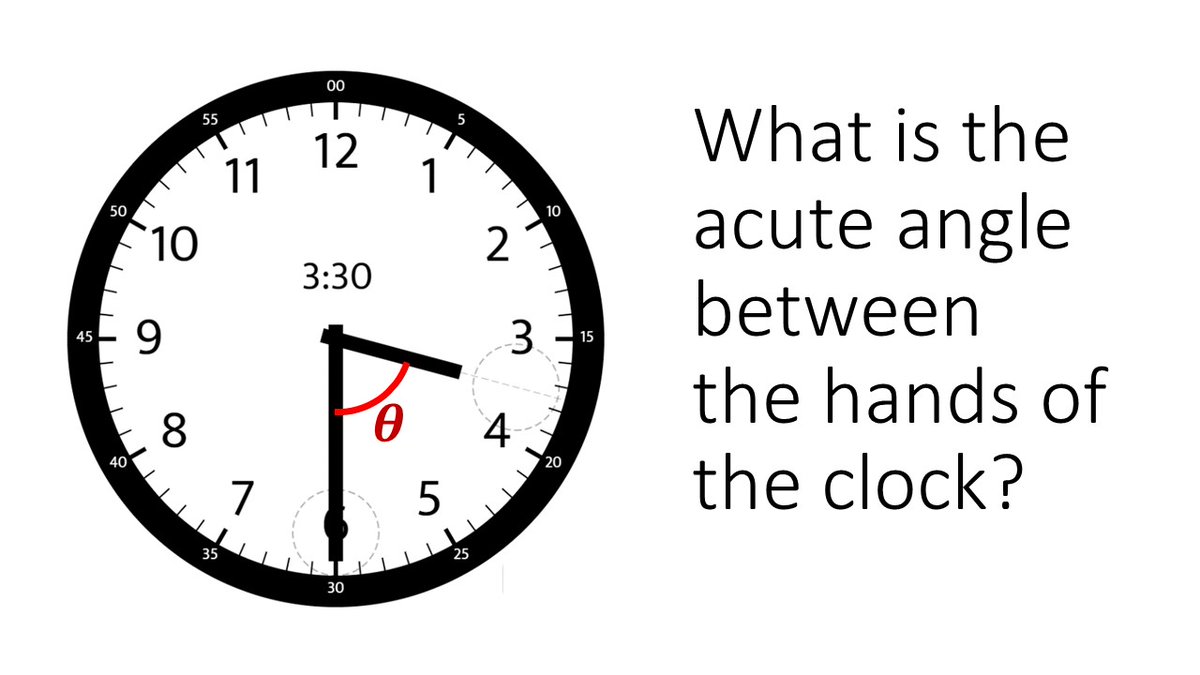



#sharingisthenewlearning
1/
There's lots of questions like which is larger, 253²³ or 23²⁵³?
First, a hint: if both numbers are integers larger than 2, the answer is ALWAYS that the (smaller)^(larger) > (larger)^(smaller).
But here are ALL the answers, followed by the proofs.
